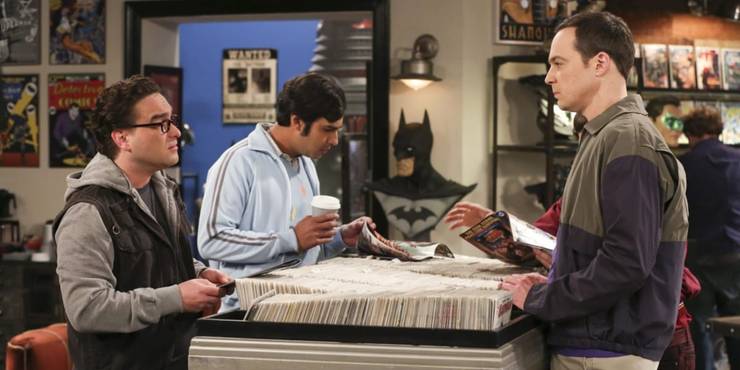With the coronavirus pandemic grinding the comic book industry to all halt, there has been much talk about what is to be done with the “direct market”. But just what exactly is the direct market, and how did it come to be? And perhaps more pressing, what will happen to the direct market in a post-COVID-19 world?
Believe it or not, there was a time comic books were purchased outside of comic book shop, carried by newsstands, grocery stores, and even gas stations. However, the comic book shop model, primarily engineered by Phil Seuling in 1972, offered several advantages. The system was known as the “direct market” because it bypassed traditional newspaper and magazine distributors. It offered a much more diverse line of content than the newsstands, including comic books aimed at an adult audience. One of the primary advantages for the distributor was that the comic books were unreturnable unlike newsstands, which would traditionally return all unsold merchandise. Since the merchandise was unreturnable, it could also be heavily discounted for the benefit of the retailers. This lowered the risk considerably gave Seuling’s Seagate Distribution a virtual monopoly on comic book distribution for a time (not unlike Diamond Comic Distributor’s current situation) – until a 1978 lawsuit.
The eighties would see the expansion of the direct market model, further bolstered by the downward spiral of the newsstand in the nineties. While they were several comic book distributors, the biggest players were Diamond Comic Distributors, Heroes World, and Capital City Distribution. Unfortunately, the comic book speculation bubble hit the distributors just as hard as it hit their retailer counterparts. Many distributors went out of business, and those that survived were forced to downsize. For a time, Marvel purchased Heroes World in order to distribute books on their own. This, in turn, prompted their competition to etch out exclusives with Diamond Distributors. The failure of Marvel’s self-distribution model alongside Capital City’s acquisition to Diamond led the latter to gain a monopoly over comic book distribution.

While the halt of shipments due to the coronavirus has highlighted the industry’s dependence on Diamond, several cracks in the systems have long since been laid bare. The rise of graphic novels in the bookstore market has been seen as a challenge to the direct market, though Diamond has somewhat adapted with the creation of its book distribution arm. The advent of digital comic book reading apps such as Comixology also bypasses the Direct Market, even though print comics largely remain the print medium. Both developments impact the back-issue market, however. Since comic books are non-returnable, unsold quantities are usually sold in back-issue bins. The rise of graphic novels and digital apps, however, creates several other avenues for readers to catch up without ever setting foot in a comic book store. Combine this development with many companies offering retailers incentives for buying a certain number of issues, and the leftovers heading to the back-issue bins are becoming a major choke point for retailers.
Because of all of these factors and more, the future of the direct market is looking increasingly uncertain. In addition to the growing concern that many retailers will have to close their doors due to the coronavirus, the comic book industry itself seems destined for an overhaul. Some comic book shop owners are considering the possibility of re-negotiating with Diamond, while others are considering trying to bypass the current distribution system altogether. The direct market has served the comic book industry well for nearly fifty years, but it might be time to ask – what will best serve the comic book industry for the next fifty?
About The Author



